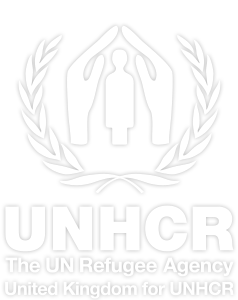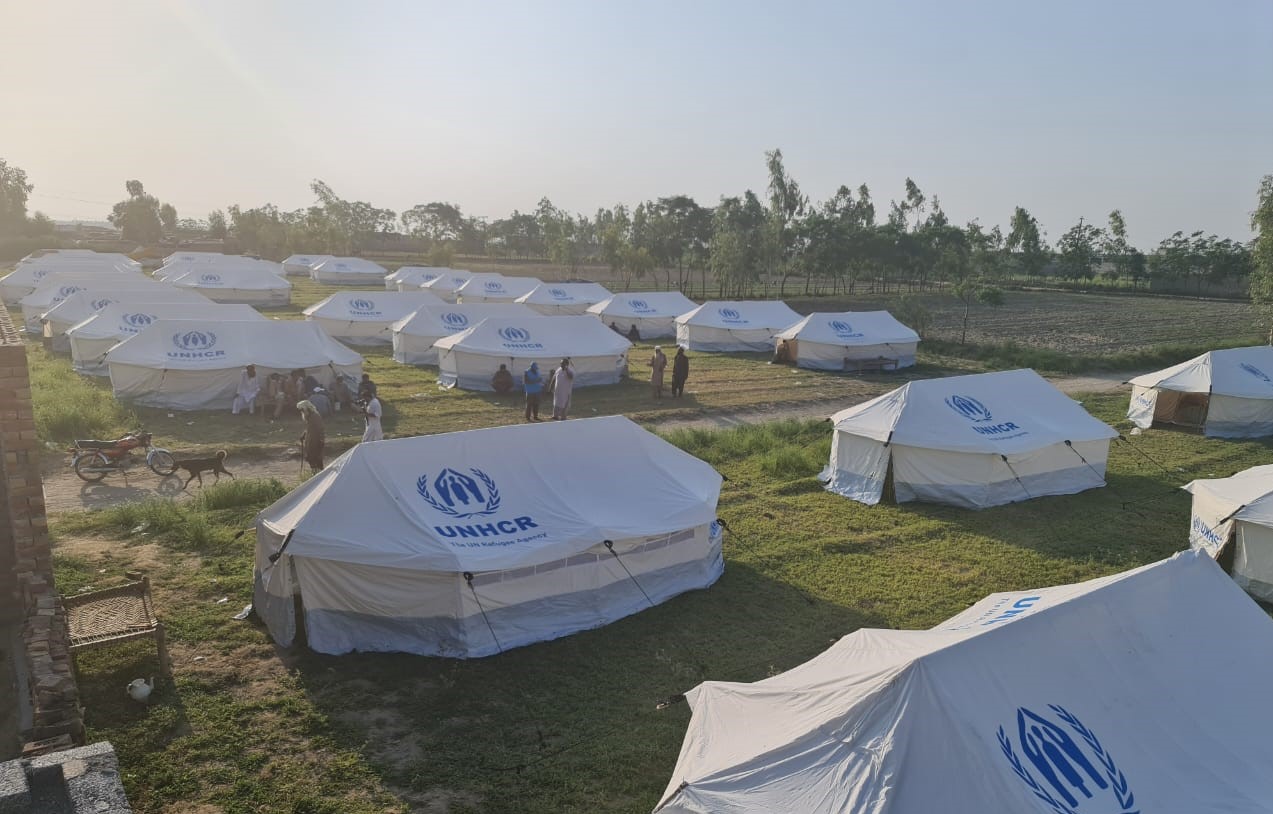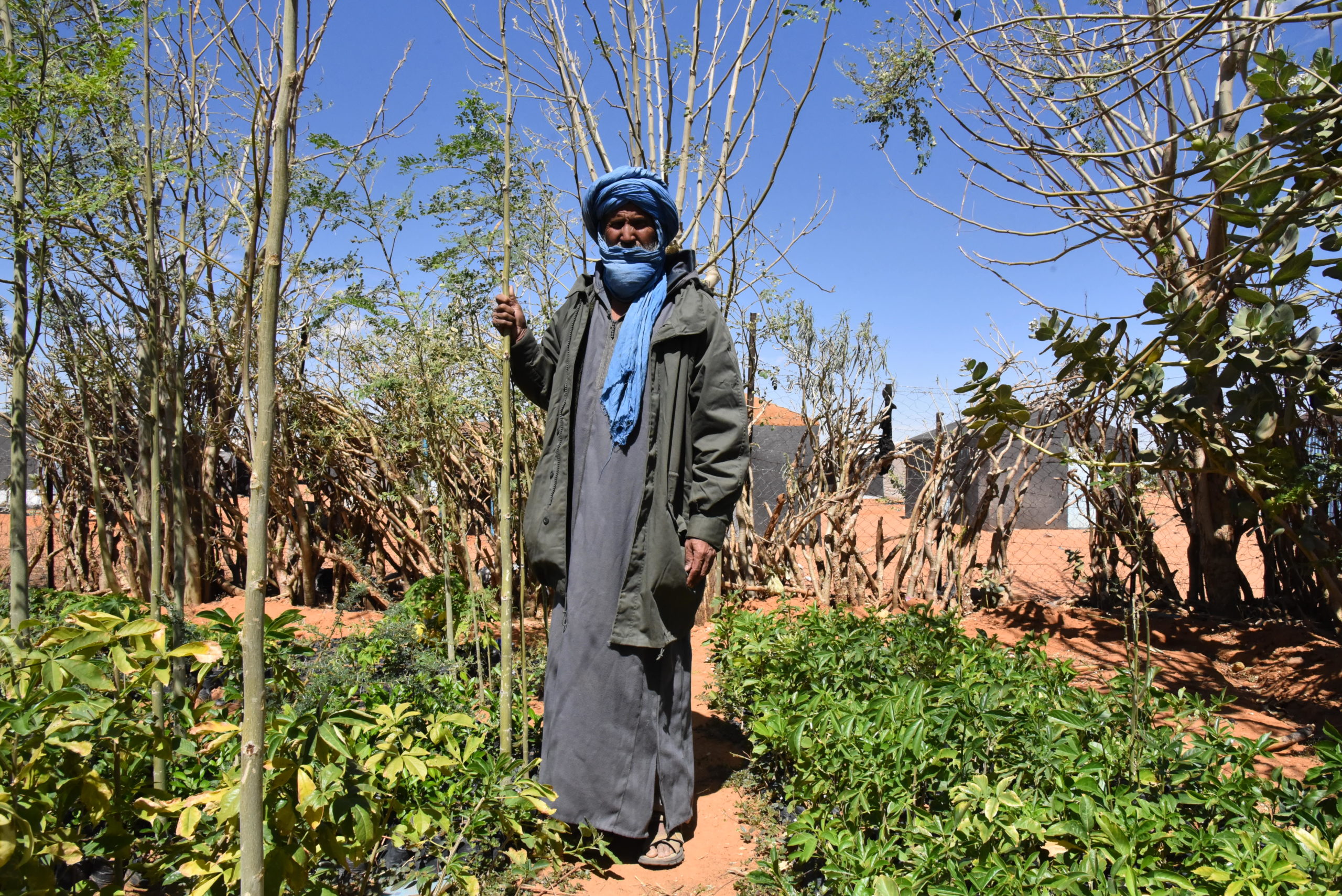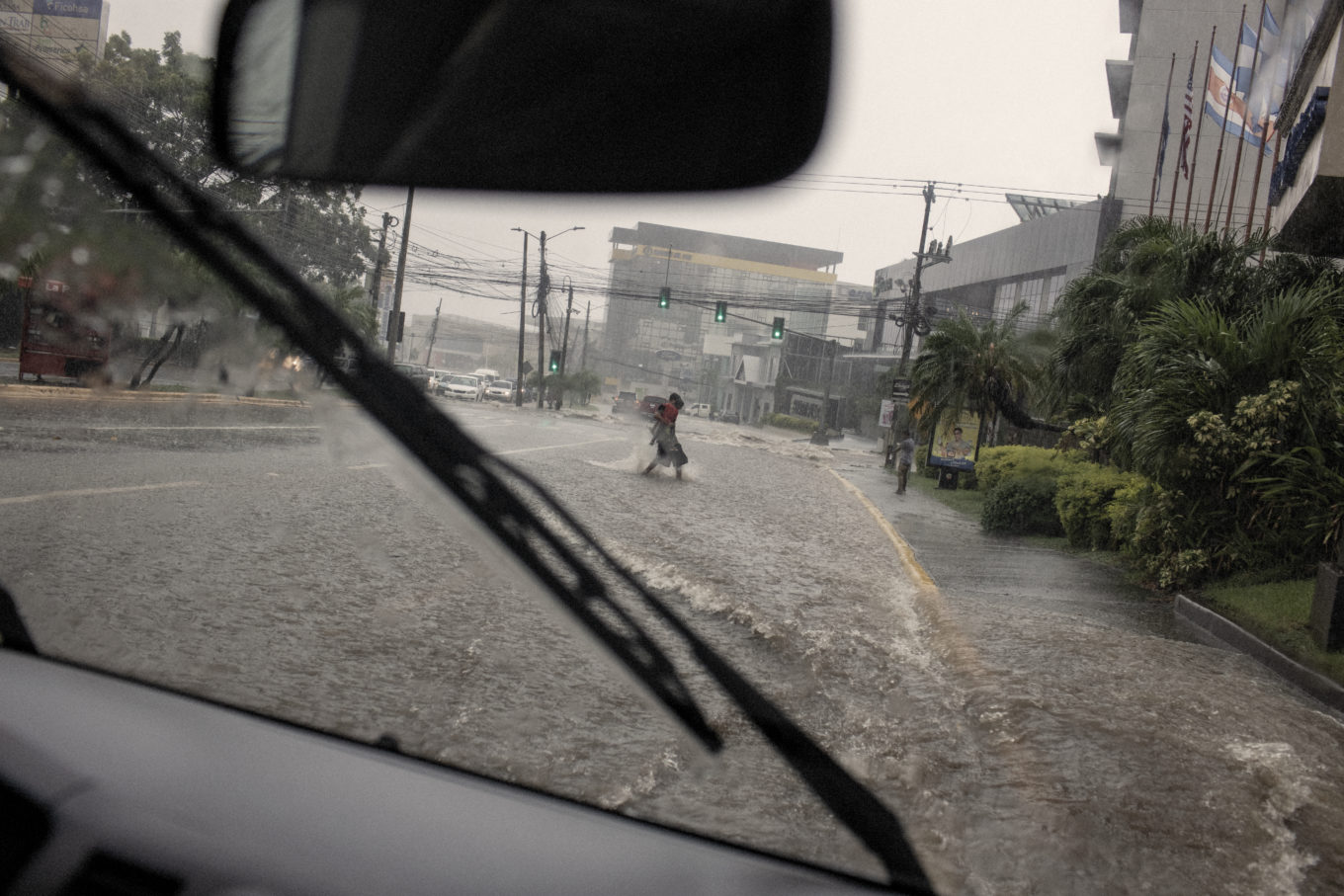Climate Change
& Disaster-Related
Displacement
Across the world, millions of displaced people are being impacted by climate change and flooding. They have lost their homes and livelihoods.
Photo: © UNHCR/Eugene Sibomana
The climate emergency is the defining crisis of our time, impacting every region across the globe. Climate change is driving displacement and increasing the vulnerability of those already forced to flee.
Here’s how UNHCR is taking action:
Law & Policy
to develop enhanced protection for people displaced in the context of disasters and climate change
Operations
enabling refugee communities to tackle climate change and reduce their environmental impact
COP28
ensuring refugee voices are heard
Why is climate change a concern for UNHCR?
Refugees, internally displaced people and stateless persons are on the frontlines of the climate emergency. Many are living in ‘climate change hotspots’, like the Horn of Africa and Pakistan, where the risk of extreme weather events is increasing but they typically lack the resources to adapt to an increasingly inhospitable environment.
Climate change exacerbates the risk of displacement. The past decade saw on average 24 million displacements caused by disasters every year: 92 per cent were triggered by weather-related hazards (with floods accounting for nearly half of these), and the rest by geophysical hazards, such as earthquakes. In 2023, floods caused 9.8 million displacements.
While climate change does not directly cause conflict, it is a ‘risk multiplier’ for other drivers of displacement. Climate change triggers a domino effect of disaster upon disaster, exacerbating existing tensions and adding to the potential for conflicts.
For example, in Cameroon in the Sahel region of West Africa, temperatures are rising 1.5 times faster than the global average, diminishing water supplies, killing crops and creating food insecurity. Fishermen tried to retain the remaining water by digging trenches, but these trapped the local farmer’s cattle leading to an eruption of violence among the two groups. Many people died during the conflict and many more were forced to flee, leaving their homes behind.
How is climate change impacting the lives of refugees and displaced people?
The majority of the world’s refugees and displaced people live in highly climate-vulnerable situations where they are exposed to increasingly frequent and extreme weather events.
Around 60% of the world’s 114 million refugees and people internally displaced by conflict are in countries on the front lines of the climate crisis, exacerbating the protection needs and risks for displaced people and contributing to new, onward, and protracted displacement. The effects of climate change, like extreme weather events, are hugely detrimental and increase the vulnerability of refugees and displaced people.
In East Africa, heavy El Niño-rains since March 2024 have afflicted a fragile developing region that hosts 4.6 million refugees across 11 countries. More than 637,000 people have been affected, with an estimated 234,000 of them displaced.
Recurring storms and floods in conflict areas add to the burden on affected people and governments, leaving them no room to recover. In turn, conflict may increase vulnerability to disasters – limiting the availability of safe places to shelter and basic infrastructure to respond. Fear of targeted attacks can also leave displaced people exposed to the elements.
What does the future of climate change look like?
Over the past 50 years, there has been a five-fold increase in weather-related disasters. Climate change and increasingly extreme weather events have caused a surge in natural disasters, disproportionately impacting poorer countries.
Although the number of deaths has fallen sharply between 1970 and 2019 due to improved early warning systems and disaster management, the number of deaths remains high. Droughts were the biggest killers, , followed by storms and floods. Mami Mizutori, UN Special Representative and head of the Office for Disaster Risk Reduction said that, “More international cooperation is needed to tackle the chronic problem of large numbers of people being displaced each year by floods, storms and drought.”
How is UNHCR addressing climate change and disaster-related displacement?
UNHCR’s climate action is focused on three main areas:
1. Law and policy: Providing legal advice, guidance and support to the international community to develop enhanced protection for refugees and other people displaced in the context of disasters and climate change, and catalysing international discussions on their rights
2. Operations: Reducing environmental degradation in displacement settings and enhancing the preparedness and resilience of displaced people and host communities to the effects of climate change. A key aspect of disaster preparedness and response is to anticipate, addressing the root causes of displacement to reduce the reasons why people are displaced in the first place.
3. UNHCR’s environmental footprint: Improving UNHCR’s environmental sustainability by reducing our greenhouse gas emissions and minimizing negative impacts on the environment.
What is UNHCR doing to reduce its impact on the environment?
UNHCR is taking steps to reduce its impact on the environment. For example, implementing clean energy solutions in field offices and reducing transport-related emissions. The Green Box Initiative supports the installation of energy meters in UNHCR offices that connect to a global dashboard for monitoring the organization’s power consumption and suggesting alternative energy solutions.
What about the term ‘climate refugee’?
Under international law a refugee is defined as ‘someone who is unable or unwilling to return to their country of origin owing to a well-founded fear of being persecuted for reasons of race, religion, nationality, membership of a particular social group, or political opinion.’ Climate change impacts people inside their own countries, and usually creates internal displacement before it escalates leading people to cross borders.
Therefore, UNHCR refers to ‘persons displaced in the context of disasters and climate change’ as this is more accurate.
How can I help?
Addressing climate change is a collective responsibility. We must tackle climate change together, and hold each other accountable.
Donate to UK for UNHCR to help us protect and assist those who have been impacted by the adverse effects of climate change.
Work to reduce your environmental footprint. For small steps you can take to make a big difference, please use this guide.
Where can I read the latest climate change information and reports?
IPCC Climate Change Report – to read the most recent report from the Intergovernmental Panel on Climate Change.
Learn more about the connections between climate change and displacement
UNHCR scales up response to catastrophic floods in Pakistan
UNHCR, the UN Refugee Agency, is mobilising resources and staff to scale up its assistance in Pakistan to support local communities and refugees in areas devastated by the catastrophic floods.
Refugees and locals in Mauritania exchange strategies for adapting to climate change.
When Ahmedou Ag ElBokhary arrived at Mbera refugee camp in south-eastern Mauritania after fleeing Mali’s conflict in 2012, he was surprised by the lack of vegetable gardens in nearby villages.
